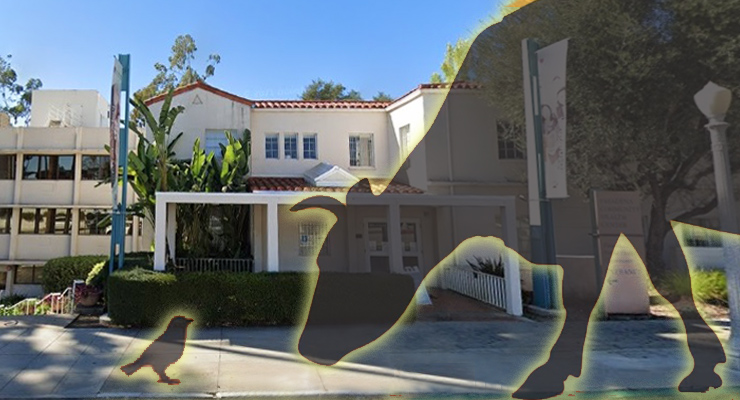
The USC Pacific Asia Museum (PAM) on Monday announced a plan to challenge notions of the Orient in its exhibitions and programming.
The plan will advance the museum’s mission “to create inspiring encounters with the art, history, and culture of Pacific Asia that promotes intercultural understanding in the service of elevating our shared sense of humanity,” according to a prepared statement.
“Orientalism” distorts the differences of Arab peoples and cultures with those in Europe and the U.S. It often involves seeing Arab culture as exotic, backward, uncivilized, and even dangerous.
Images of Asians were often used in early movies, and in many cases, those films involved white actors performing extremely negative portrayals of Eastern characters.
In an effort to recognize the role that art institutions must play to advance change, the museum acknowledges that “The Orient is a problematic historical framework used to collapse the diverse identities of peoples and cultures across Asia and the Pacific Islands into socially and culturally constructed others,” reads a statement issued by the museum.
“If we are to grapple with the legacies of colonialism that exist within our museum, the Orient has to be a focus. As the leading university art museum dedicated to the arts and cultures of Asia and the Pacific Islands (API), USC is aware that historically museums played a key role in constructing Orientalism and we must play an equally key role in deconstructing it. The museum will enlist researchers, scholars, critics, community members and artists. We are enlisting researchers, scholars, critics, community members, and artists into our process.”














 1 comment
1 comment




